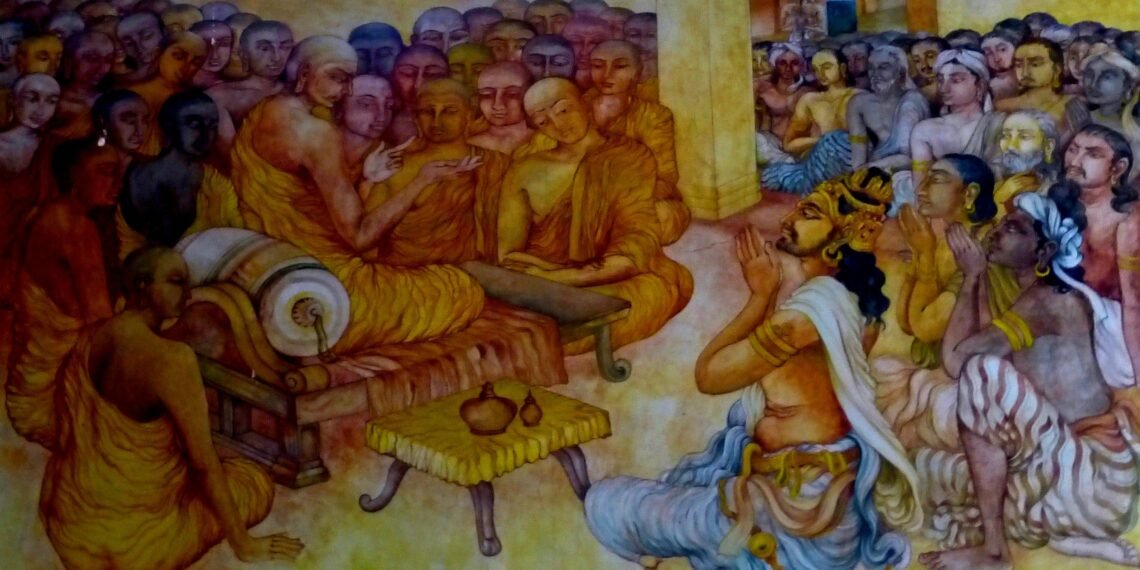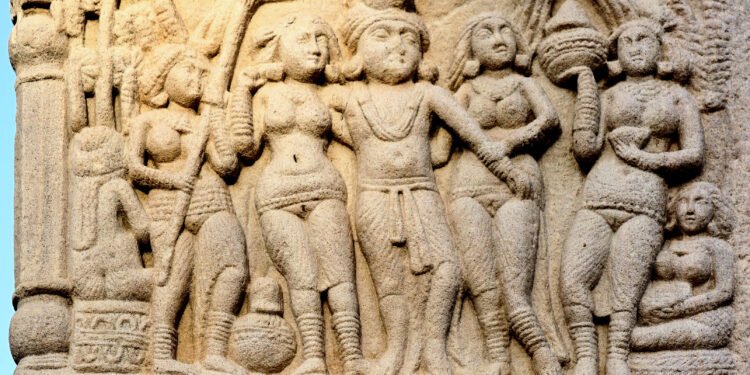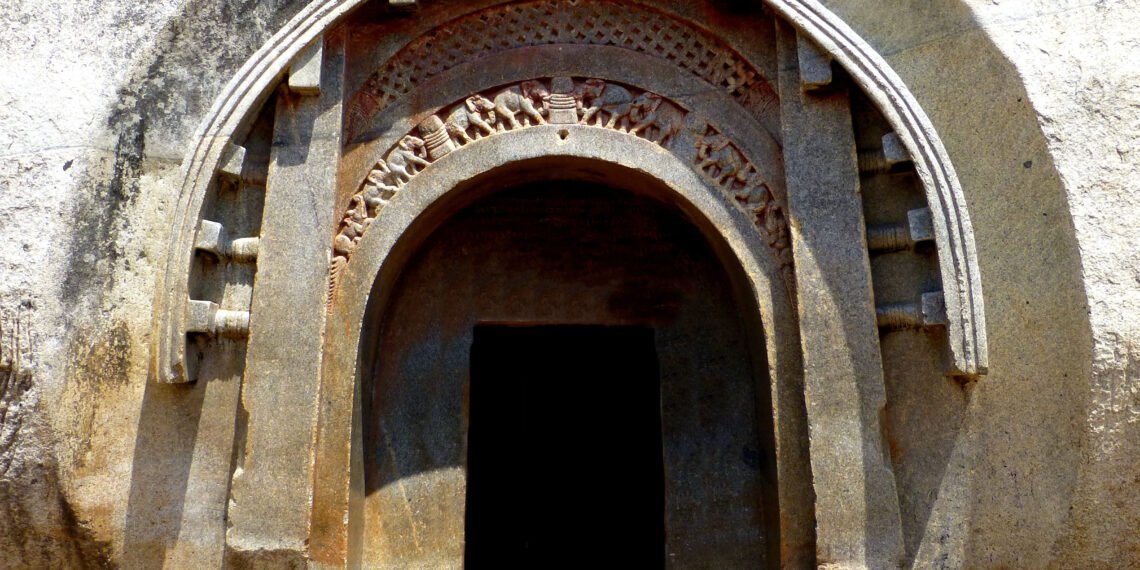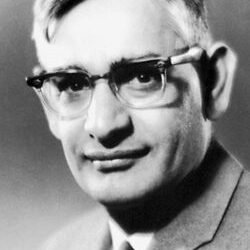Introduction
Ashoka’s reign (c. 268–232 BCE) transformed the Mauryan state from expansionary conquest to a welfare‑oriented, ethically framed administration publicized through rock and pillar edicts across the subcontinent and beyond, while retaining effective provincial governance and diplomatic outreach.

Kalinga and the policy pivot
Major Rock Edict XIII records the human toll of Kalinga—deportations and deaths on a vast scale—followed by Ashoka’s remorse and his resolve to prefer “the sound of dhamma” to “the sound of the war‑drum,” including appeals to neighboring Hellenistic rulers. From this pivot, victory by dhamma supplanted digvijaya, reframing royal prestige around moral governance, clemency, and public welfare.
Dhamma as statecraft
Core ethic: The edicts define dhamma as a minimum of sins and many virtues—truthfulness, purity, compassion, respect for elders, humane treatment of servants, restraint in ceremonies, and inter‑sect tolerance.
Officers and circuits: Ashoka appointed Dhamma‑mahamatras and empowered Rajjukas, Yuktas, and Pradeshikas to tour every five years, hear grievances, and propagate dhamma alongside routine administration.
Accessibility: Inscriptions appear in Prakrit (Brahmi/Kharoshthi) and even Greek/Aramaic at Kandahar, signaling a multilingual, mass‑addressed policy broadcast.
Administration and provinces
While Pataliputra remained the nerve center, provincial capitals at Taxila, Ujjain, Tosali, and Suvarnagiri anchored delegated governance by princes and mahamatras, with district officers (Pradeshika, Sthanikas), fort and frontier governors (Durgapala, Antapala), and fiscal posts (Samharta, Sannidhata) integrating revenue, justice, and order. Edicts also show Ashoka insisting on personal access to petitions (e.g., MR Edict VI), blending central vigilance with provincial circuits.
Welfare measures
Major Rock Edict II outlines medical treatment for humans and animals, planting of medicinal herbs and trees, and digging of wells—policies mirrored in pillar edicts that define dhamma and list practical protections, including periodic prisoner releases and animal‑slaughter restrictions. Kalinga edicts famously declare “All men are my children,” tying paternal rhetoric to concrete welfare steps.
Religious tolerance and pluralism
Major Rock Edict XII urges restraint in praising one’s own sect and condemning others, asserting that honoring all sects strengthens religion itself—one of antiquity’s clearest pleas for principled pluralism from a reigning emperor. Edicts also mention officials overseeing women’s welfare and affirm respect for Brahmins and śramaṇas, indicating broad patronage rather than theocracy.
Missions, councils, and diplomacy
Traditions credit Ashoka with supporting the Third Buddhist Council at Pataliputra under Moggaliputta Tissa and organizing missions—most famously those of Mahinda and Sanghamitta to Sri Lanka—though edicts themselves are silent on the council and must be used cautiously alongside later chronicles. MR Edict XIII naming Antiochus, Ptolemy, Magas, Antigonus, and Alexander reflects Ashoka’s outward moral diplomacy to the Hellenistic sphere.
Architecture and symbols
Pillars of Ashoka: Monolithic, highly polished sandstone shafts crowned by animal capitals broadcast edicts at specific sites; the Sarnath four‑lion capital commemorating the first sermon later became India’s national emblem.
Stupas and sites: Later memory credits Ashoka with raising or enlarging stupas and venerating the Buddha’s life sites (Bodh Gaya, Sarnath, Lumbini, Kushinagar), embedding a sacred geography within imperial space.
Law, force, and restraint
Edicts pair ethical exhortation with sovereign responsibilities: curbing cruelty, regulating slaughter, urging mercy, and occasionally releasing prisoners, while reserving the right to punish wrongdoing and admonishing “forest people” to desist from harm. The result is a monarchy that disciplines itself publicly yet does not abdicate order and defense.
Communication design
Geographic spread: Major rock edicts appear from Dhauli and Jaugada in Kalinga to Girnar in Saurashtra and Kalsi in the Himalayan foothills, sited along trade and pilgrim routes for maximal public reach.
Script and language: Brahmi, Kharoshthi, Greek, and Aramaic versions tailor the message to audiences across frontiers, revealing an unusually modern approach to public communication.
Why Ashoka’s reign endures
Ethical governance: He normalized welfare, tolerance, and administrative accessibility as pillars of royal legitimacy.
Soft power: By shifting from conquest to dhamma‑victory, Ashoka modeled a form of influence carried by ideas, infrastructure, and diplomacy.
Civic symbolism: The pillars, lion capital, and chakra bound state power to moral law, a symbolism that persists in modern India’s emblem and flag.
Study anchors: key edicts
MR XIII: Kalinga remorse; Hellenistic kings; dhamma‑victory.
MR XII: Inter‑sect tolerance; restraint in praise and blame.
MR II and VI: Medical care, wells, herbs; king’s constant access to petitions.
Pillar II and VII: Defining dhamma; Dhamma‑mahamatras; tolerance.
Kandahar bilingual: Greek/Aramaic inscriptional outreach.
Conclusion
Ashoka’s reign fused imperial scale with an ethical public program—inscribed in stone, enacted through officers and circuits, and communicated across languages—that sought to make compassion infrastructural without abandoning state responsibility. In aligning authority with restraint and welfare, he offered a durable template for humane governance.





